Using Glycerin For Your Hair: The Good And The Bad!
Glycerin is a well-known name in the skin and hair care industry. With its own pros and cons, there are right and wrong ways of using it.
On Apr 16, 2023 – 10 minutes read
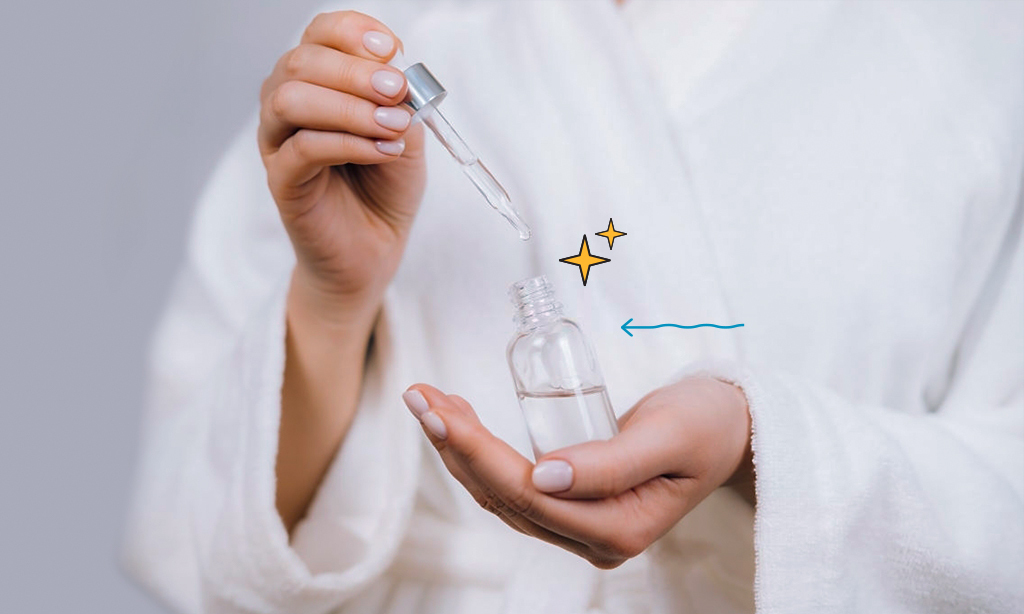
A little bit of digging told me that using glycerin for hair comes with its own set of benefits and drawbacks. Not that it’s a huge surprise. But this recurring ingredient found in almost all hair products has long been dominating (albeit subtly) the hair care as well as skincare arena for quite a long time. And now you are telling me cons do tag along with it?
You cannot simply overlook the bad side of an ingredient, regardless of how well-known it is. This is why you have to scan the label and understand the ingredients you put (even) on your hair. If you are curious about using glycerin for your hair, keep scrolling and read what I found!
Treating Your Hair With Glycerin: What Should You Know!
When it comes to keeping your hair strands not just shiny and frizz-free but also healthy and hydrated, the odorless and colorless glycerin comes to the aid. And it lends a helping hand. Though it looks like a glass of water, glycerin for hair is an effective moisturizer that is present in 60% of all our products. But why would hair products use glycerin?
Before we get into the good works of glycerin, let me tell you the importance of using humectant(1) in hair care products. Several people struggle with dehydration of hair.
Especially women with naturally curly hair that is dry, coarse, and thick. Time for some bizarre facts! When your hair shape is naturally curly, your strands will be drier than straight hair.
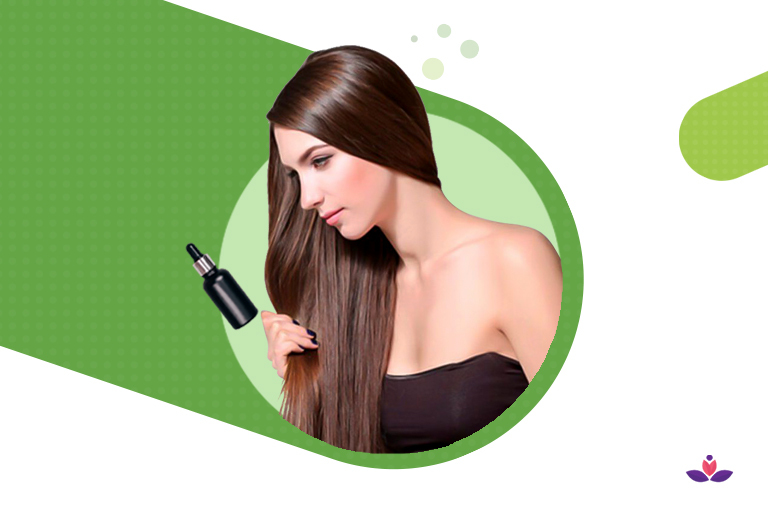
Because the shape of the hair strands affects the way the lipid barrier of the hair protects your strands and how cuticle layers lie. This ultimately determines the dryness of your hair and your hair’s ability to retain moisture.
Because of the shape of your strands, the waxy substance secreted by the sebaceous glands fails to completely cover the whole length of the hair. This causes loss of moisture. Also, because of the loops, twists, and curls, the cuticles cannot perform their function properly.
Meaning, your cuticles will remain open for moisture loss and external damage. All of these harsh facts along with several factors that damage hair —hair porosity, environmental factors, chemical treatments, and the like— increases the need to use hair products with hydrating properties. This is where humectant such as glycerin for hair comes to the picture.
Glycerin: An Odorless And Colorless Humectant
Glycerin (glycerol or 1,2,3, propane triol) is a sugar alcohol derived from many sources. It may be from hydrolysis of plant oils (like coconut oil or shea butter), vegetable fats (triglycerides), animal products, or petroleum. Or it can be synthetically made via chemical synthesis from petrochemicals.
This water-soluble liquid looks like fat. It is thick in consistency and different industries from food to beauty to hair use it in their products.
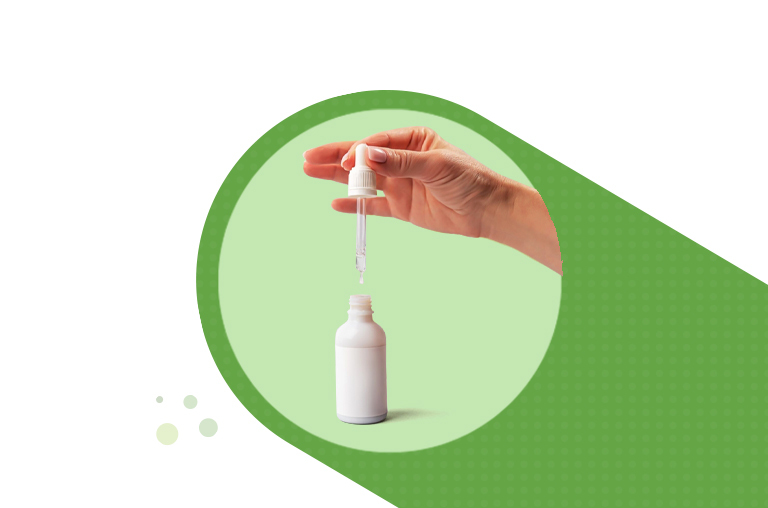
Glycerin is considered a moisturizer. Because it acts as a natural humectant that draws moisture from the environment and deep within the skin to your hair and scalp. And holds it there. It also keeps the environment moist and limits moisture evaporation.
Being heavy in humectant, glycerin’s quality of retaining moisture keeps your hair moisturized, hydrated, and healthy. This is why brands use glycerin for hair in shampoos, conditioners, serums, oils, leave-in products, styling products, among other hair products.
To make moisturizing products, glycerin’s impressive qualities of transparency, smoothness, and thickness make it an ideal base for mixing other ingredients. Unlike other conditioning alcohols, it contains a multitude of hydrophilic hydroxyl groups, making it easily soluble in water. Additionally, glycerin has anti-inflammatory and anti-irritant properties that help with the itchiness of the scalp.
Natural VS Synthetic Glycerin
Glycerin comes from different sources —it could be from natural sources or synthetic sources. Natural glycerin is of two types: vegan and non-vegan. Vegan glycerin derives from plants like soy, palm, coconut, etc, whereas non-vegan glycerin derives from animal fat. The label typically mentions if the glycerin is from a vegetable source.
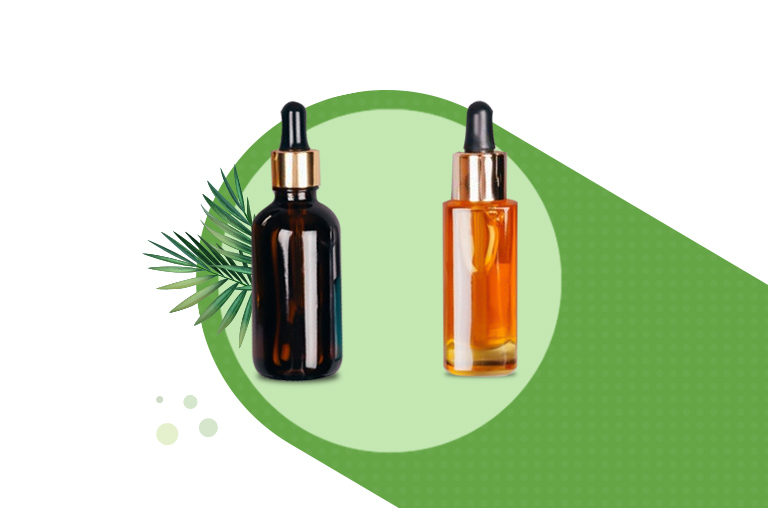
Synthetic glycerin is petroleum-based glycerin found in food, pharmaceutical drugs, and nutritional supplements. It is considered a potential health hazard and is often recommended to avoid. Try to choose organic glycerin derived from natural sources as it contains natural humectants and it can make a huge difference in the outcome.
Now that you know the difference between the two, let’s see the pros and cons of using glycerin for hair.
The Good: Benefits Of Using Glycerin On Hair
Glycerin is an effective humectant that does more than you know. It is generally considered safe for all hair types. But it can be particularly beneficial to those with dry, thick, coarse, or dehydrated hair. New studies have shown that glycerin has brilliant abilities to aid in the repair and regeneration of skin cells. This makes the list of benefits below more credible. These are the benefits of using hair products with glycerin:
Improves scalp hydration
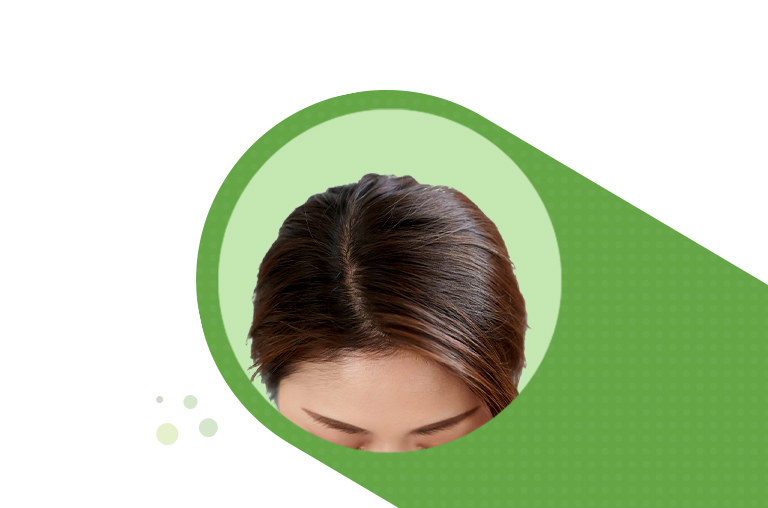
Glycerin helps in drawing water or moisture into the scalp from the environment. This gives adequate hydration to the scalp, which in turn prevents many hair concerns such as transepidermal water loss, dandruff, and oil overproduction.
Glycerin for Hair: Moisturizes dry hair strands
Since glycerin can pull moisture from the air to your hair and retain it there, your normally dry strands will be moisturized. This moisturizing effect, along with its ability to attach to the hair keratin to prevent moisture evaporation, leaves the hair soft and smoothened.
Strengthens hair
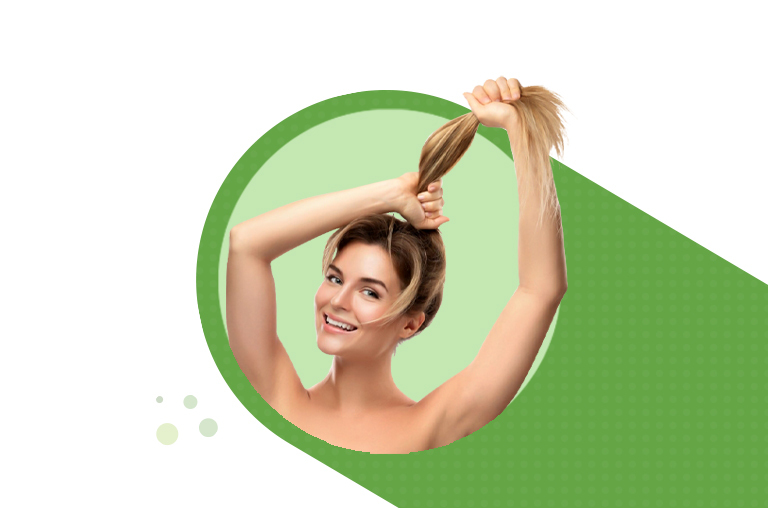
To maintain the strength, health, and appearance of your curls, glycerin provides optimal hydration and moisturization. This barrier itself protects your strands from hair breakage. When glycerin promises to strengthen your hair, it can promote hair growth as well.
Eradicates scalp itching and dandruff
Glycerin is well known for its antimicrobial and anti-inflammatory properties which help dry, flaky, and itching scalp. When your scalp is dry and itchy, dandruff is the undesired guest. You have no choice in avoiding that. But glycerin can help you with dandruff(2), too. Its moisturizing effects can prevent dryness (one of the contributing factors to dandruff), especially during winter days.
Glycerin for Hair: Repairs hair damage
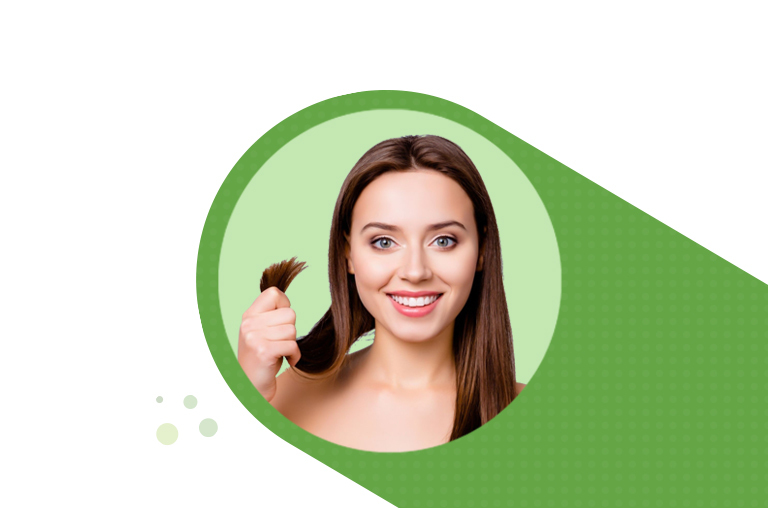
If you have damaged hair(3) (thanks to heat styling tools, chemical treatments, and pollution), using glycerin on your hair can repair the damage done to your weak strands. Its nourishing and conditioning properties do play a huge role in the repairing of damage to each strand.
Minimizes fizz
When used in the right way and right concentration, glycerin products can help you eliminate or minimize frizz. By keeping your hair moisturized properly, it can reduce frizzy flyaways that your curls usually surprise you with.
Glycerin for Hair: Helps detangling
You may or may not have noticed this: you can easily detangle your hair when you use a product with glycerin. All thanks to the thick and sticky consistency of glycerin, it allows your hair strands to glide past each strand easily after coating.
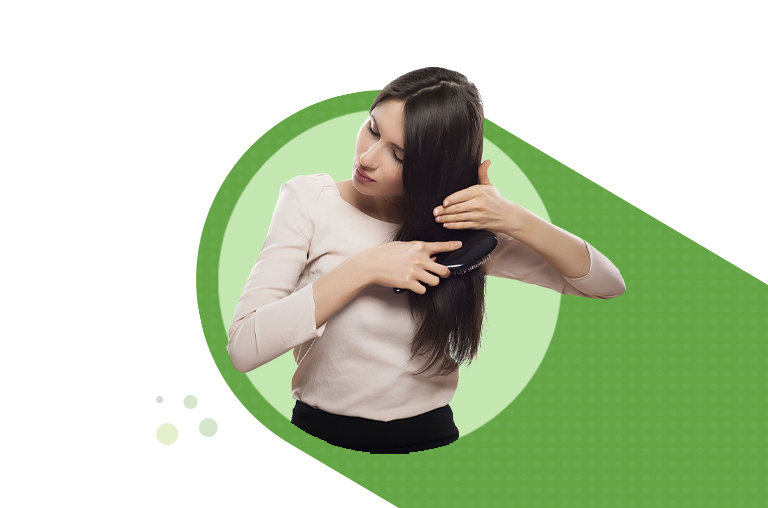
It further lubricates the hair strands to reduce friction. This helps you with detangling your hair easily without hair breakage. When curly hair wet and fragile, it’s especially difficult to detangle. You can avoid that by using glycerin regularly.
Improves overall scalp health
All of these benefits contribute to the improvement of overall scalp health. The pulling and retaining of moisture creates a healthy environment and roots for the growth of new strong and healthy strands.
Reduces split ends
When your hair becomes weak, fragile, brittle, and frayed because of many reasons (be it heat, weather damage, using wrong products, or even rubbing with a towel), split ends are the result.
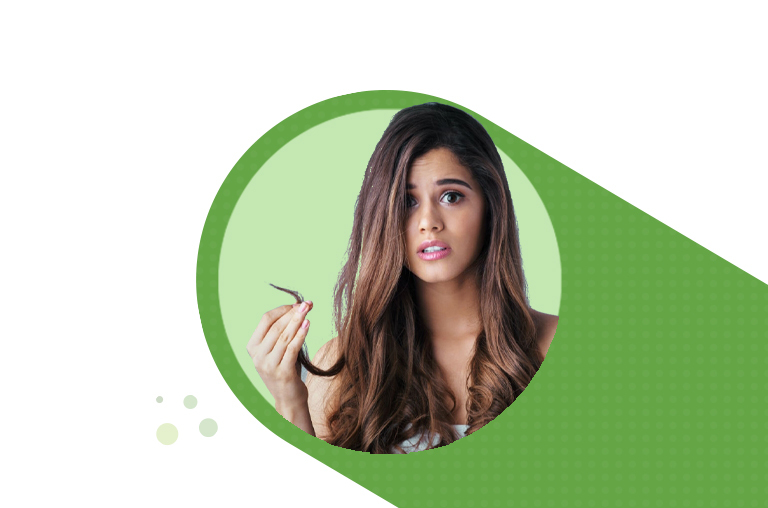
By using glycerin, you can help strengthen your hair strands to avoid them from becoming too weak, dry, and splitting. You cannot “repair” split ends per se, but glycerin can help in decreasing split end formation. Trimming your ends can also help with rescuing split ends.
The Bad: Red Flags For Using Glycerin On Hair
Yes, moisture boost glycerin is pure and non-toxic (except synthetic glycerin). But it has drawbacks and you have to be familiar with both the pros and cons of glycerin for hair. First, you have to read the labels while shopping to make sure that you are not using petroleum blends.
If you do use the synthetic form of glycerin, you are running the risk of severely drying your hair out. Then your hair will be forced to welcome brittle ends and breakage. Synthetic glycerine also uses epichlorohydrin, which is a toxic chemical, classified as a possible carcinogen. So, always keep an eye out for brands that mention “non-GMO”, “USP Grade”, or “Kosher-certified” on their labels.

Hair experts do not recommend using glycerin on freshly colored hair. You have to wait for at least one to two weeks before using glycerin in colored hair. If you are trying glycerin for the first time, always do a patch test before using it all over your hair and scalp. Also, it is better to know the side effects of glycerin to avoid using it directly on your scalp.
The side effects of glycerin on hair may include burning, itching, stinging, redness, rash, and irritation. All of these are to be expected only if you apply it without diluting. Moreover, it is a known fact that you cannot always use glycerin on hair, which is why you must know how glycerin is bad for curly hair during hot days. Let’s see why weather and humidity matter in the case of glycerin for hair.
Why Is Weather And Humidity Important?
As a humectant, glycerin helps to draw moisture from the air to keep the hair moisturized. This works the other way, too, which is why the climate, weather, humidity, and dew points so important while using glycerin. It will draw, absorb, and retain moisture or water from your surrounding atmosphere to your hair. This can only happen in places where there is moisture in the air.
So when the air around you is too hot and humid, glycerin will draw a lot of moisture from the air, causing your hair to swell with puffy strands. When the weather is too dry, glycerin will take moisture from your hair and release it into the surrounding environment.
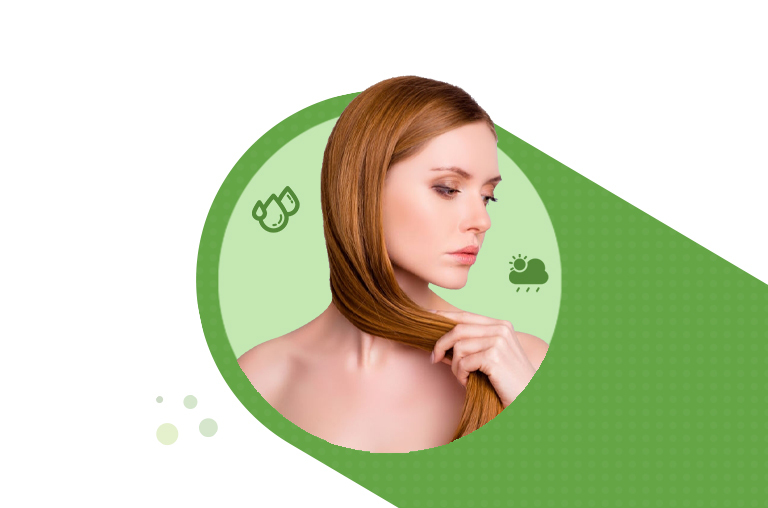
It will evaporate from your hair taking moisture with it, making your hair too dry. This results in dehydrated and damaged hair with breakage.
These are the reasons why you may end up with frizzy hair with flyaways when you use glycerin when the air is too dry or humid, or when you use a product with high glycerin content. Glycerin is one of the five products whose result gets affected by the environment in which you use it. So you have to consider the weather and humidity when using glycerin for hair.
How To Use Glycerin Safely?
You can use glycerin for strengthening your hair, moisturizing your hair, and for all the benefits mentioned above. But you cannot use glycerin directly on your scalp unless you don’t mind a few painful blisters. So, either you use products rich in glycerin or use them safely in the following different ways.
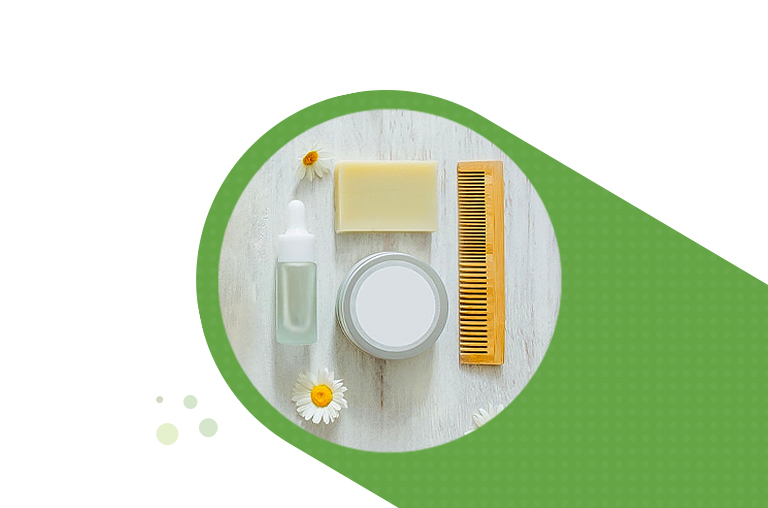
Hair spray: You can create your own natural hair spray by mixing glycerin with water and any oil of your preference (it could be olive oil, coconut oil, or jojoba oil). Another ingredient you can add with it is rose water. It will nourish with an amazing fragrance. You can use the hair spray after shampoo or conditioner.
Glycerin hair mask: Another method is moisturizing and deep conditioning your hair with a glycerin hair mask. You can whip it easily with any of these beneficial ingredients: rose water, honey, aloe vera, and egg, and lemon essential oil. If you blend it with castor oil and a few drops of essential oil, you can apply it to your hair as a pre-wash treatment.
Adding to conditioner: If your conditioner doesn’t have glycerin in it already, you can add it to your conditioner. You can leave it on for five minutes and wash it off to leave your strands moisturized and nourished.
Final Thoughts
If you need a humectant, moisturizer, and a curl definer all blended smoothly in one, your best option is glycerin for hair. Many women would agree with that. However, do not ignore the precaution tips that come with using glycerin. Because using glycerin on your hair is not particularly bad if you use it with caution and the right concentration at the right time.

Subscribe to Newsletter
Elevate your routine, stay on trend, and embrace a personalized beauty journey with our curated insights.
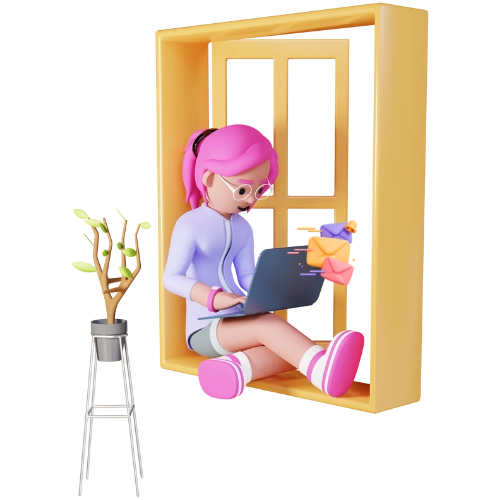

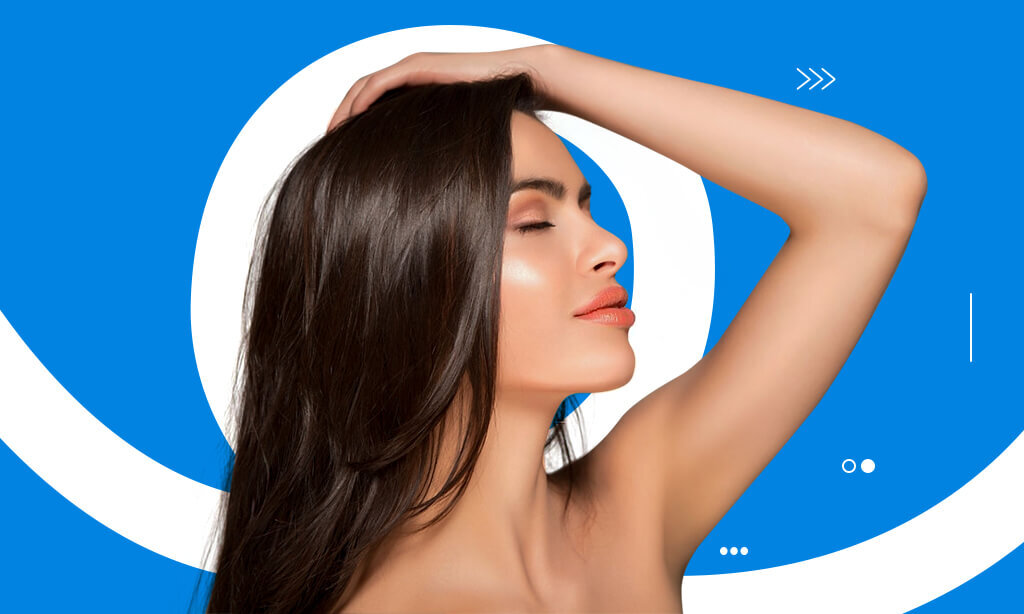
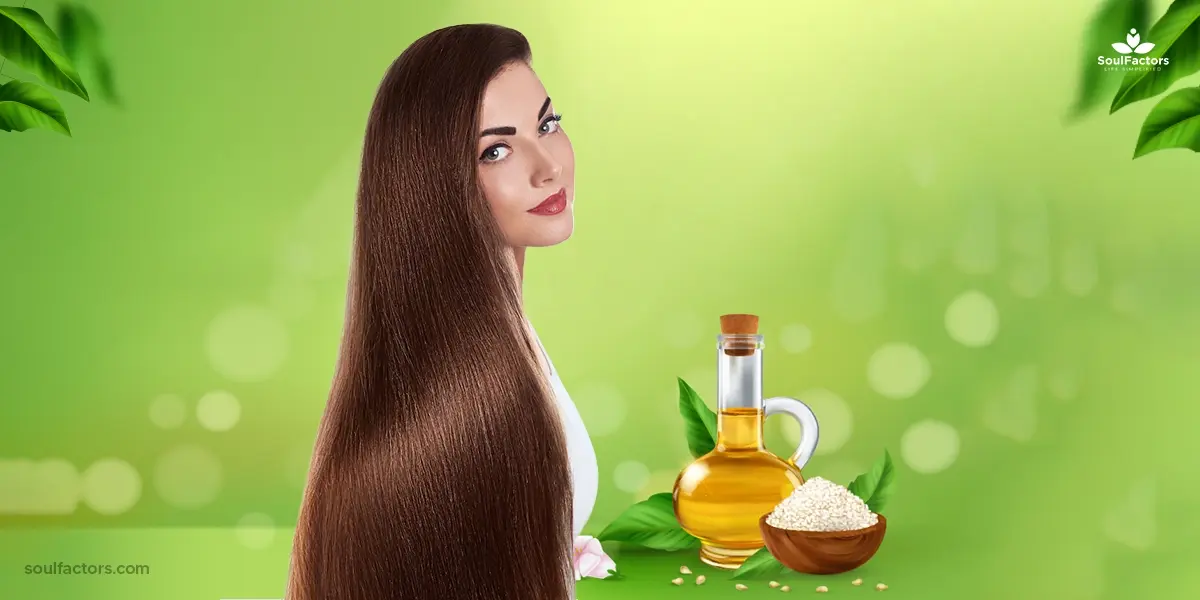
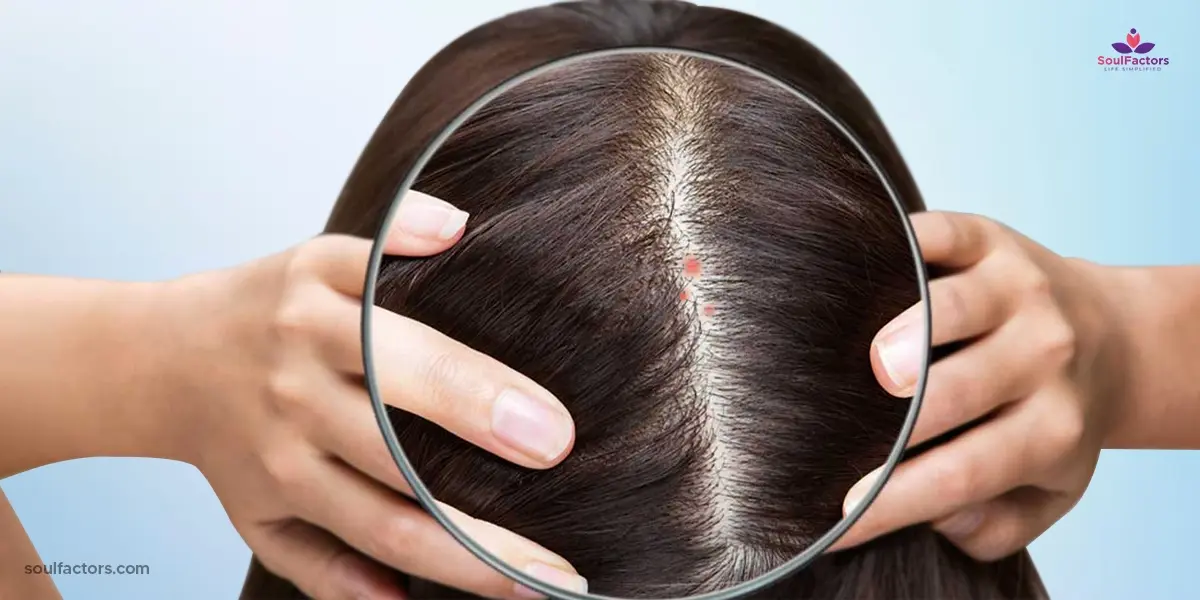
Write a Comment